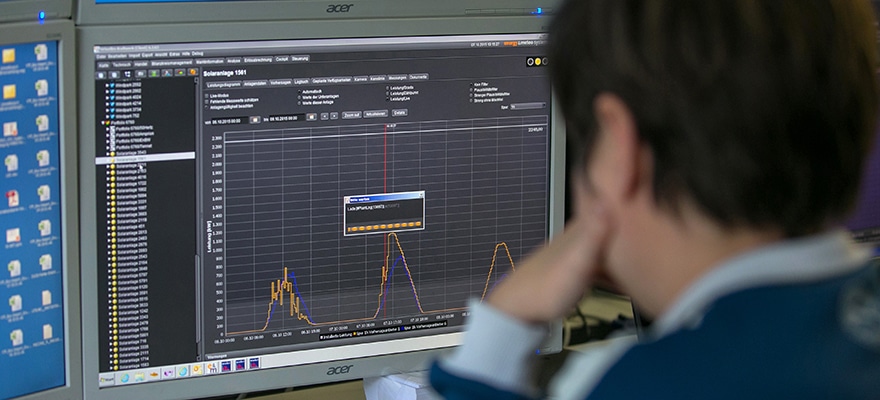As aspects of last-look and latency-driven trading strategies come under increasing scrutiny across foreign Exchange markets in recent years, Thomson Reuters today unveiled a mechanism for its
FX Spot Matching services that uses a randomization process that adds a ‘speedbump’ or intended delay, in order to help level the playing field for market participants.
The new addition was described as aimed at improving overall user trading experience from among the company’s FX Matching clients, and Thomson Reuters will launch the new approach in a production environment across three currency pairs in June, according to the press release.
“By reducing the emphasis on speed as a determinant of success in trading activities, Thomson Reuters expects an enhanced matching venue experience for all market participants,” added Phil Weisberg, global head of FRC Trading at Thomson Reuters, commenting in the press release.
Mr. Weisberg added: “The randomization mechanism further demonstrates Thomson Reuters' commitment to facilitate fair and efficient trade Execution and to provide the market with technology solutions that deliver an equitable trading experience for all participants.”
Commenting in the companies press release regarding the news, Alex Gerko, co-CEO, XTX Markets said: “Thomson Reuters randomization ensures fairness in the electronic FX market by eliminating the need to continuously invest in infrastructure and faster and faster technology.”
The news follows the U.S. SEC extending the comment period on a related rule that would require such a speedbump for the U.S. securities markets to counter predatory HFT traders. Such a solution alongside the existing best-execution framework and the availability of Alternative Trading Systems, could introduce thousands of new latency-tied order types, and according to Reuters coverage citing comments from Nasdaq CEO.
In terms of the news for the foreign exchange space, which is still far behind a unified best-execution standard (when compared to on-exchange), the move today by Thomson Reuters looks like a step in the right direction to help bring further integrity to the largest OTC market in the world.

















